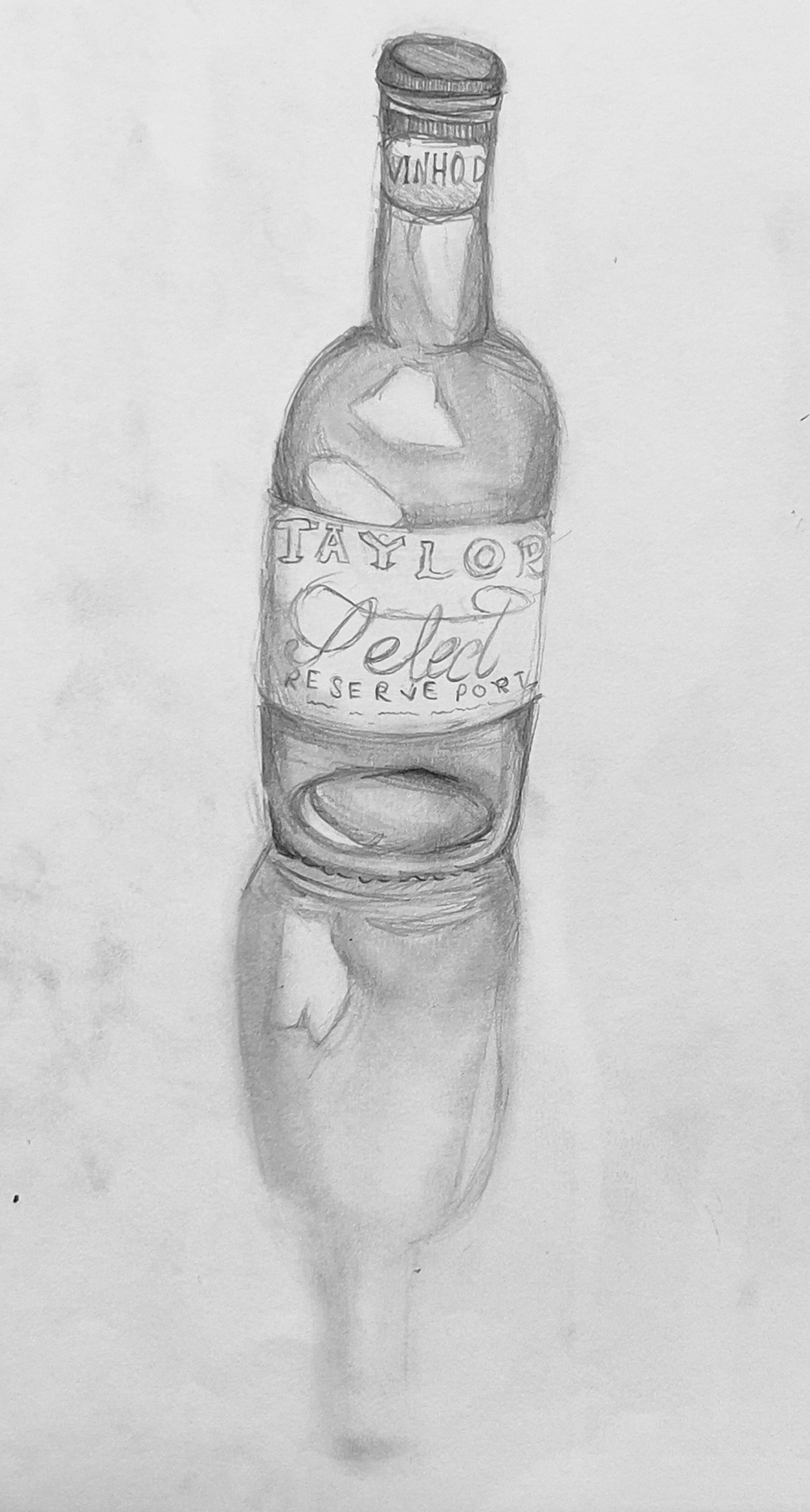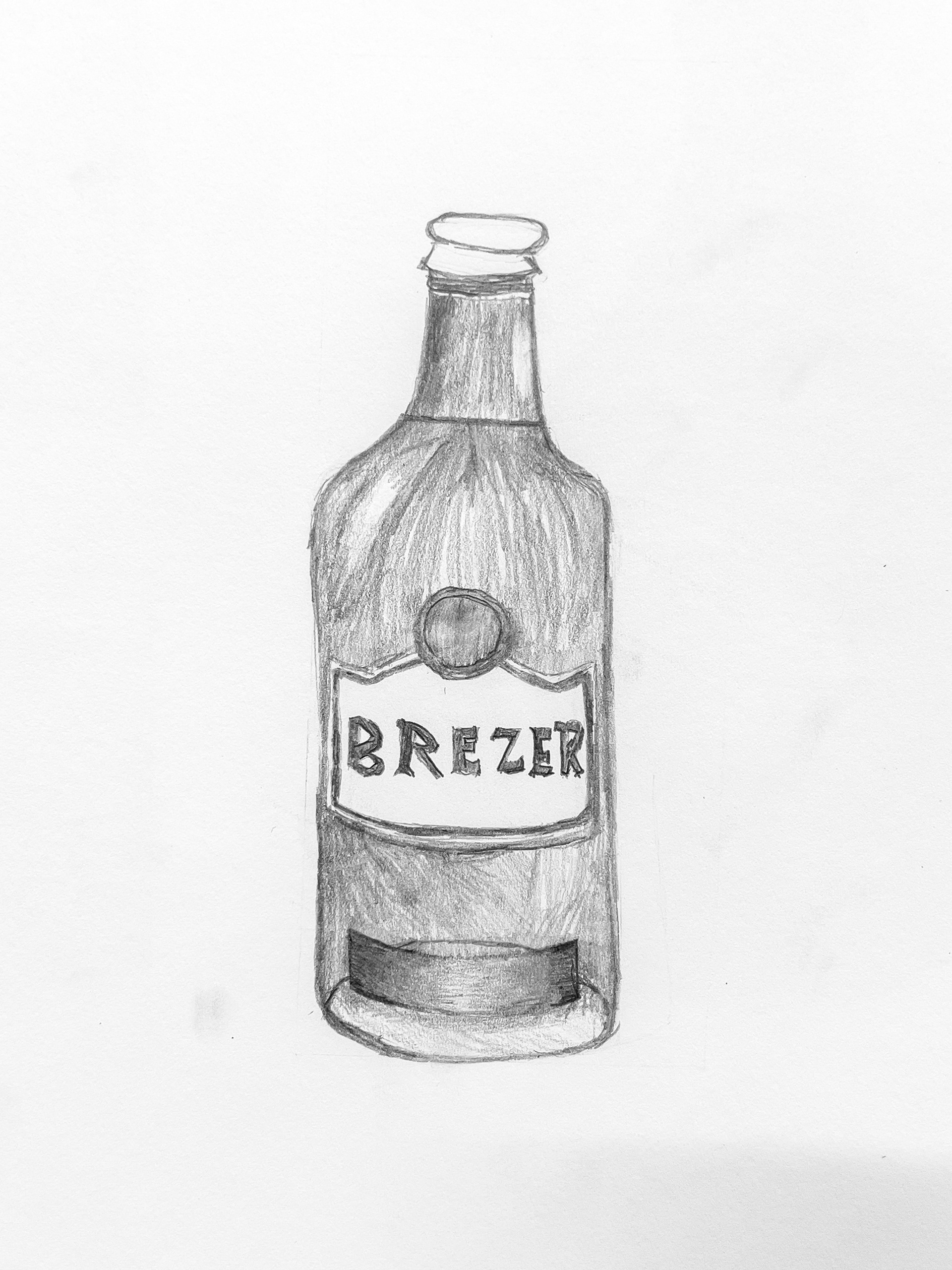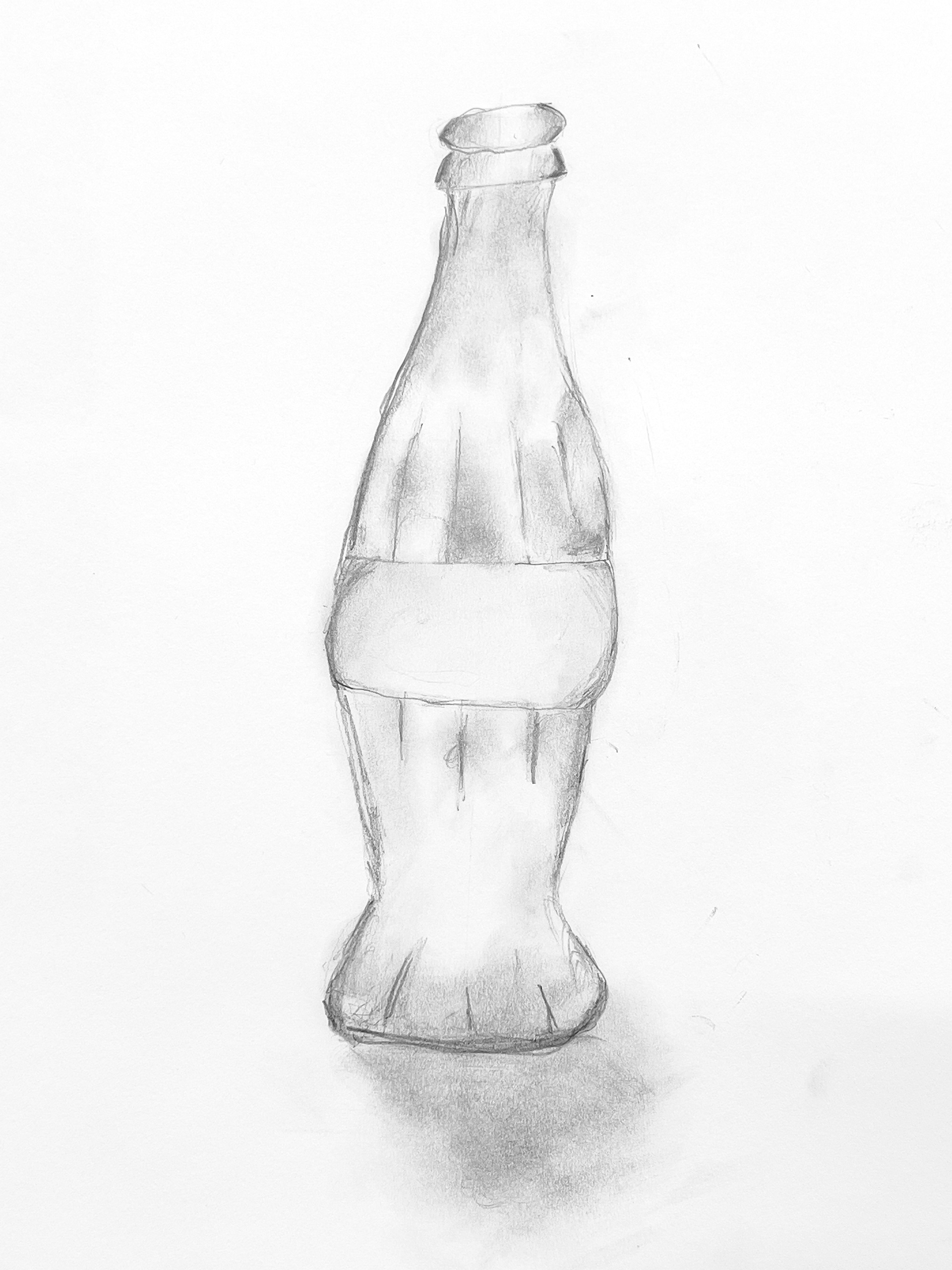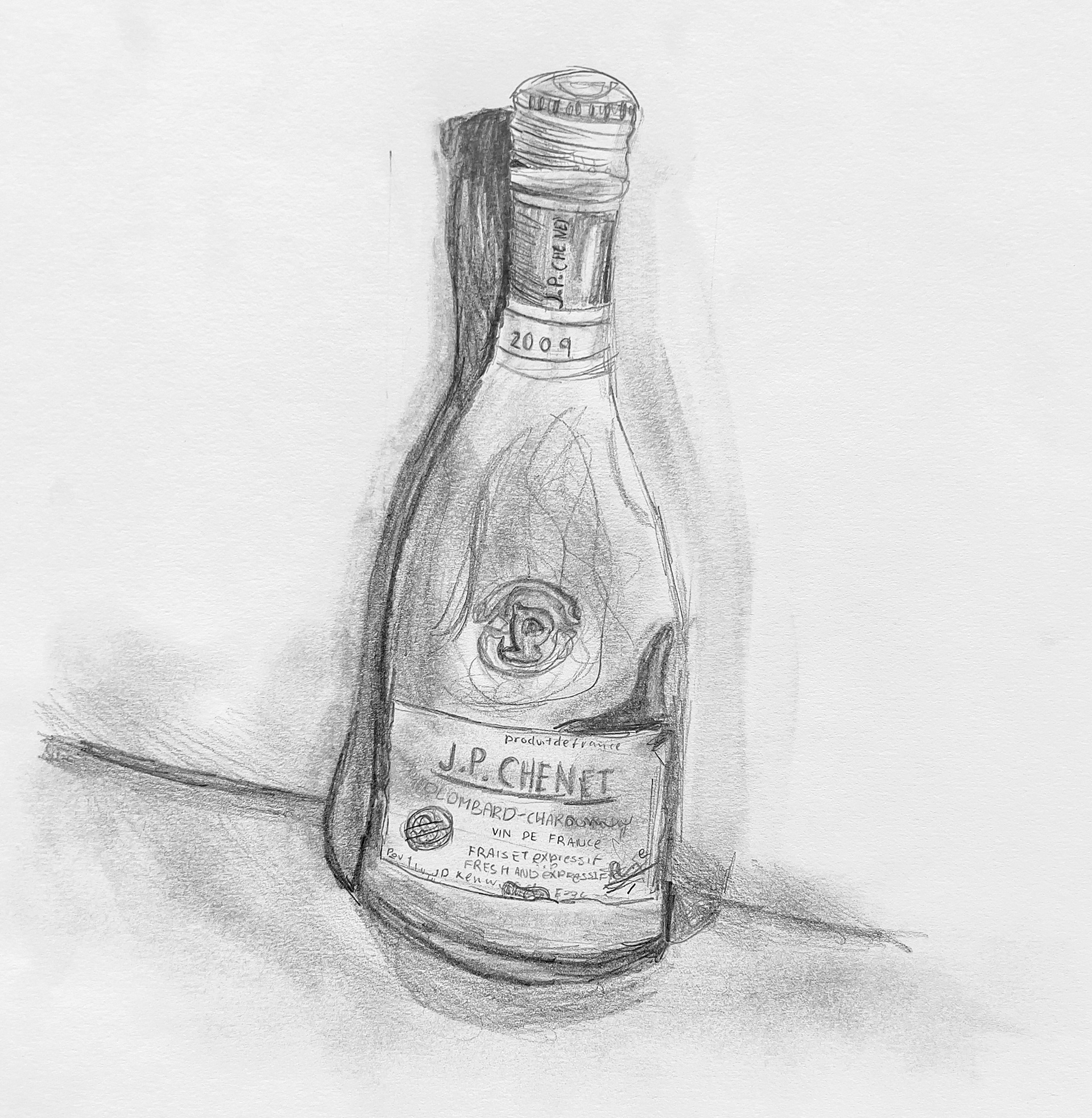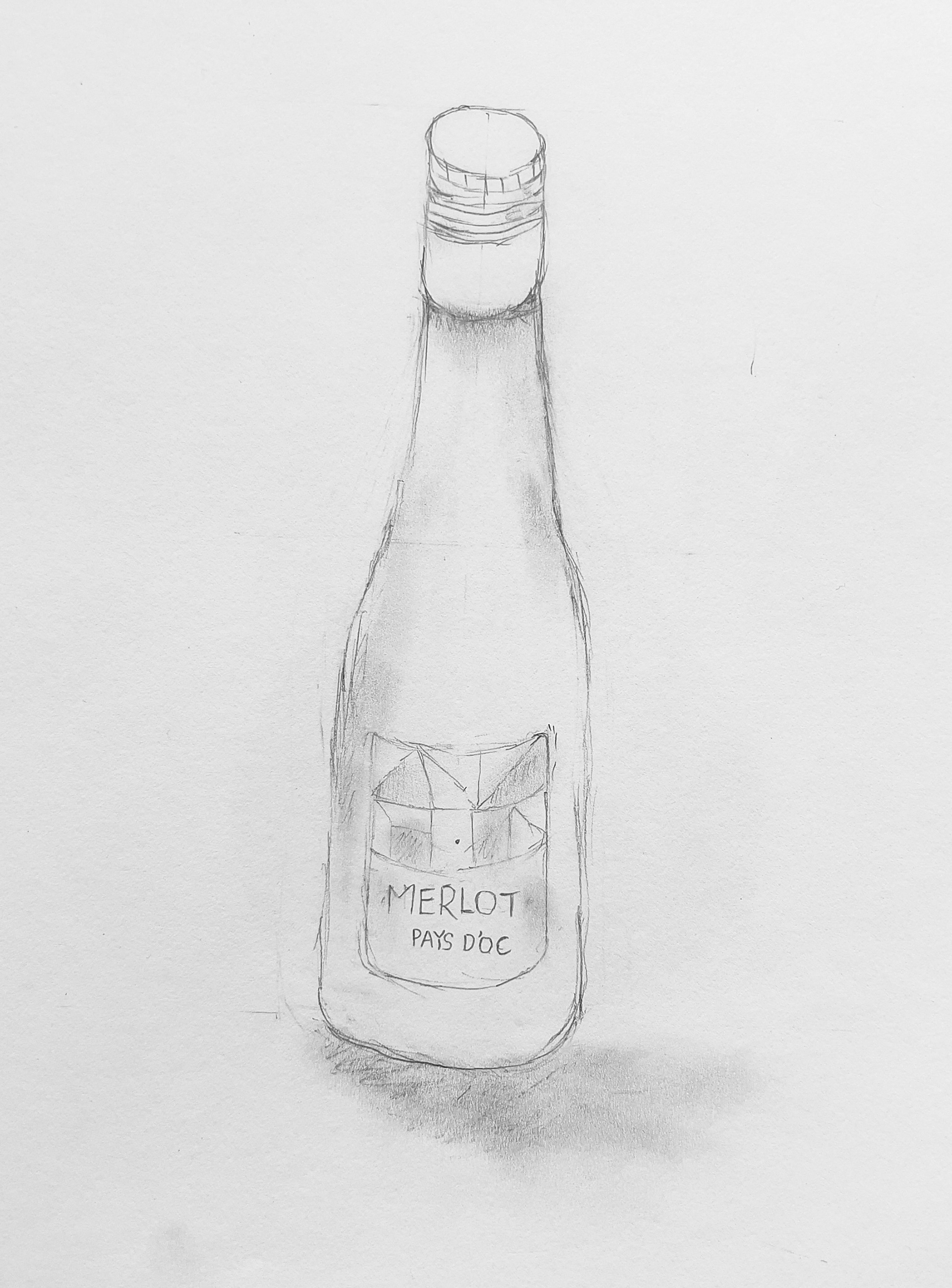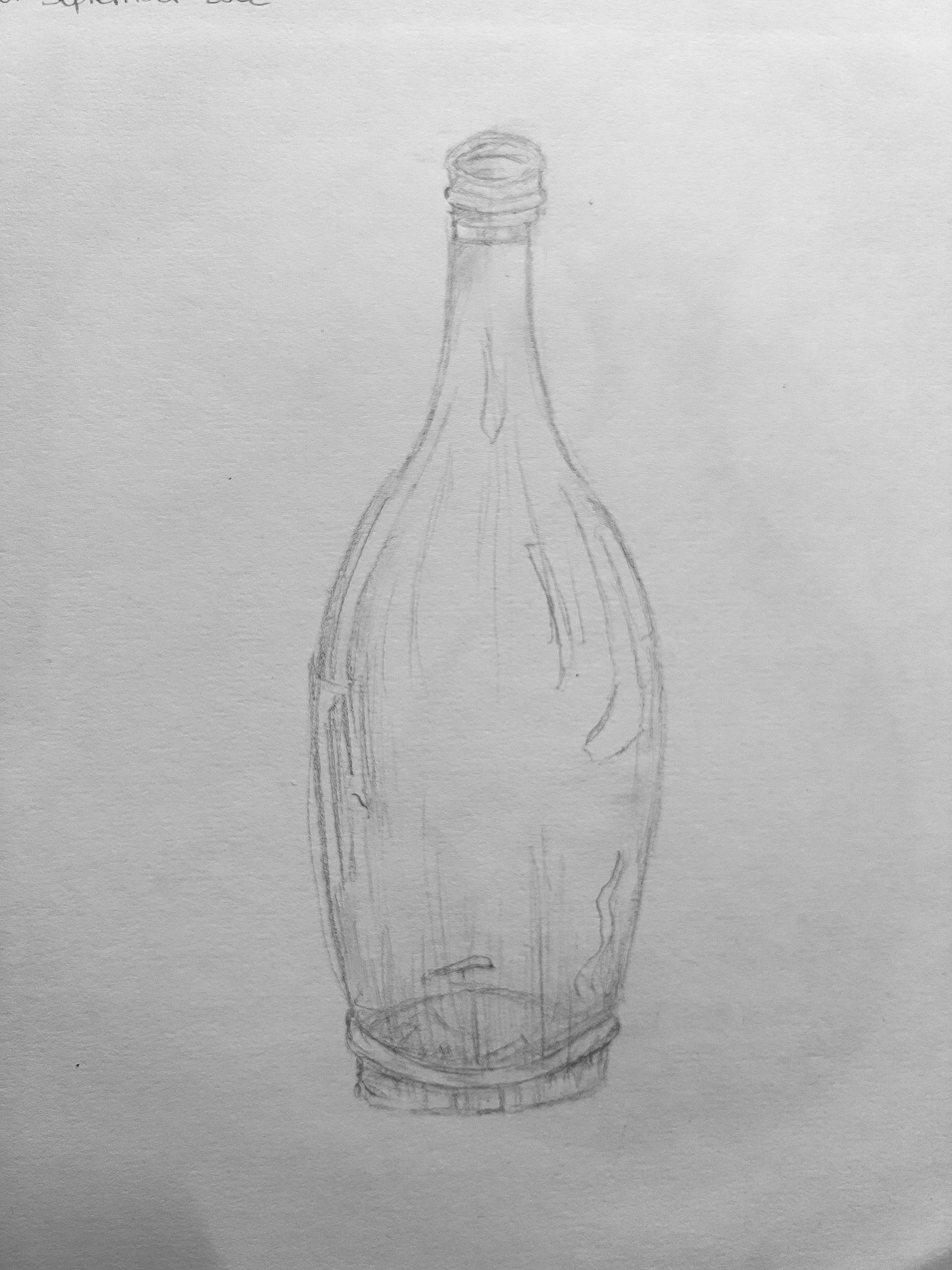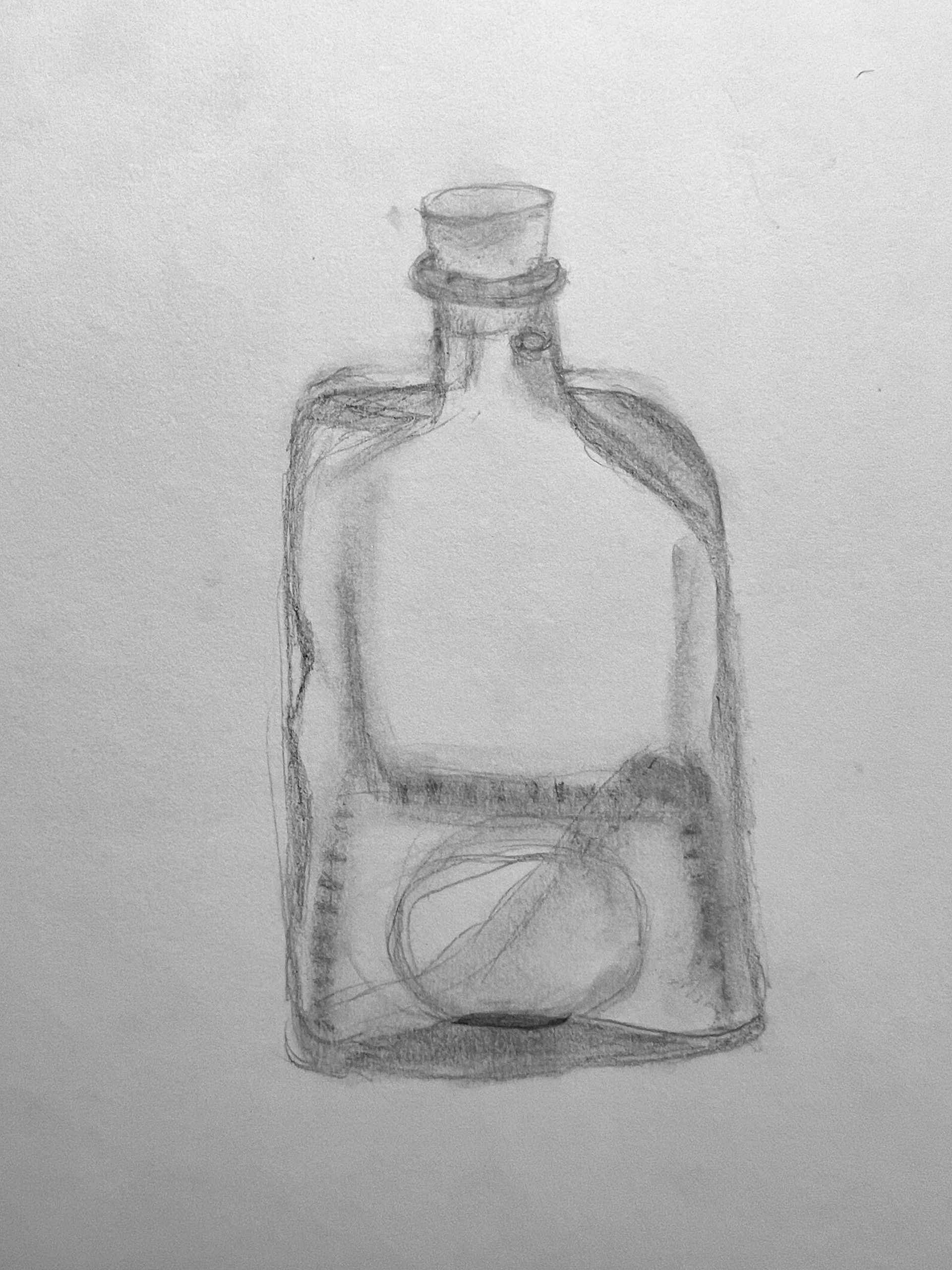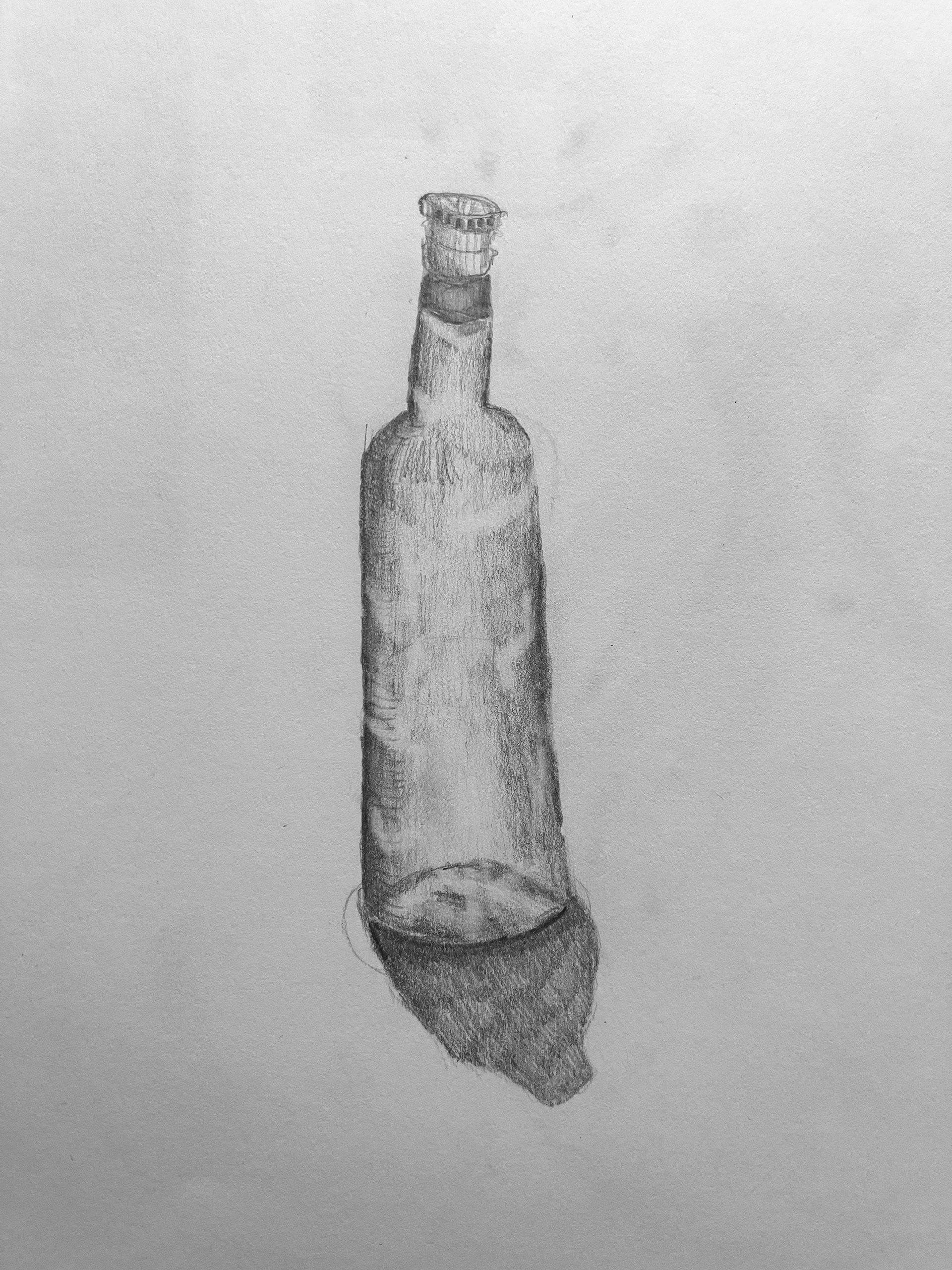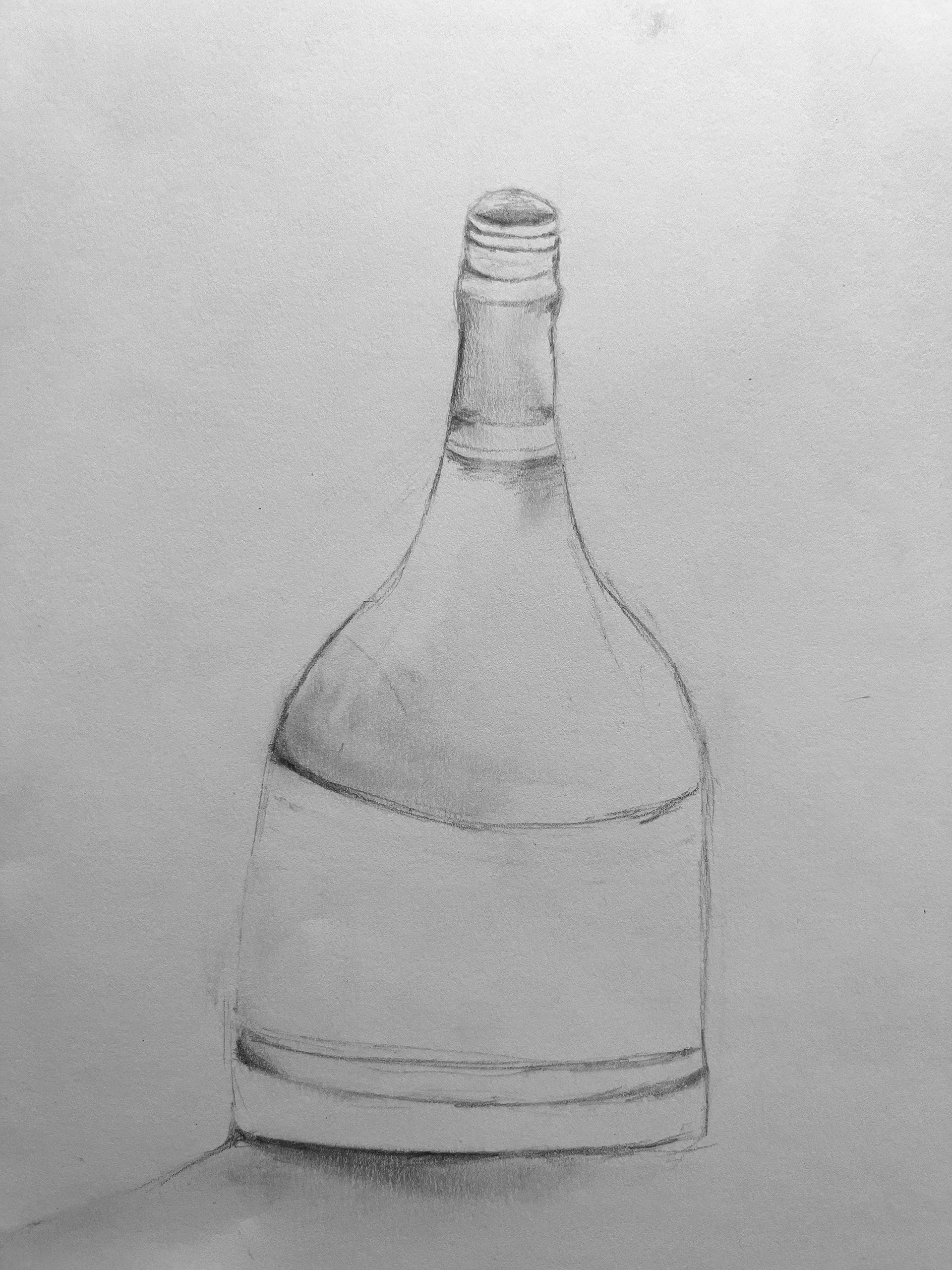Learning Objectives:
• Demonstrate skills and techniques learnt in your previous school
• Practise skills of drawing in proportion, shading, adding detail and refinement
• Practise skills of observation
• Practise skills of drawing in proportion, shading, adding detail and refinement
• Practise skills of observation
What you will need:
• Drawing pencils (preferably 2B or 4B)
• Sketching paper (or your sketchbook)
• Eraser
• Pencil sharpener
• Ruler
• Sketching paper (or your sketchbook)
• Eraser
• Pencil sharpener
• Ruler
Introduction:
As you begin your artistic journey here at Kingsley, we’d love to learn a little about your current skills and experience.
• What techniques have you developed at your previous school?
• When you draw, are you confident in capturing accurate proportions?
• Do you measure the width or height of shapes—whether by eye, using your fingers, or with a ruler?
• Can you use shading to give your drawings a sense of depth and make objects appear three-dimensional?
• Are you familiar with adding details or marks to create texture in your artwork?
• When you draw, are you confident in capturing accurate proportions?
• Do you measure the width or height of shapes—whether by eye, using your fingers, or with a ruler?
• Can you use shading to give your drawings a sense of depth and make objects appear three-dimensional?
• Are you familiar with adding details or marks to create texture in your artwork?
Today’s drawing task is not a test, so you won’t receive a grade. Instead, it’s an opportunity for you to demonstrate what you can do, helping us understand your strengths and where we can support your growth. Even if you’re not completely happy with the result, you will have done us a great favour. In a few months, when your drawing skills have developed significantly, you’ll be able to look back at today’s work and see just how far you’ve come on your Kingsley Art journey.
Your Task:
1. Choose a bottle from the selection in the classroom (or find a clear bottle at home). If you don't have access to any bottles, click here to download a picture. However, drawing from a real bottle is preferable.
2. Produce a detailed drawing of the bottle, considering the following:
• Accurate outlines / proportions
• Smooth and varied tonal shading / gradients
• Close attention to detail (e.g. reflections)
2. Produce a detailed drawing of the bottle, considering the following:
• Accurate outlines / proportions
• Smooth and varied tonal shading / gradients
• Close attention to detail (e.g. reflections)
Example drawing:
Extension Activity
If you are confident at drawing you might choose to draw a more challenging bottle. Look at the examples below for inspiration. You should be looking for opportunities to draw more difficult outlines, more varied tonal shading and more detail.
Top Tips
• Keep your pencils sharp and hold them at a shallow angle to the page to avoid 'scribble lines' appearing
• Check your proportions are accurate before adding detail or tonal shading
• Try to add as much detail as you can
• Rest your wrist on a scrap piece of paper to prevent unwanted smudging
• Check your proportions are accurate before adding detail or tonal shading
• Try to add as much detail as you can
• Rest your wrist on a scrap piece of paper to prevent unwanted smudging
Examples of previous students' drawings:
What have each of these students done well in their drawings and what might they have improved on?
